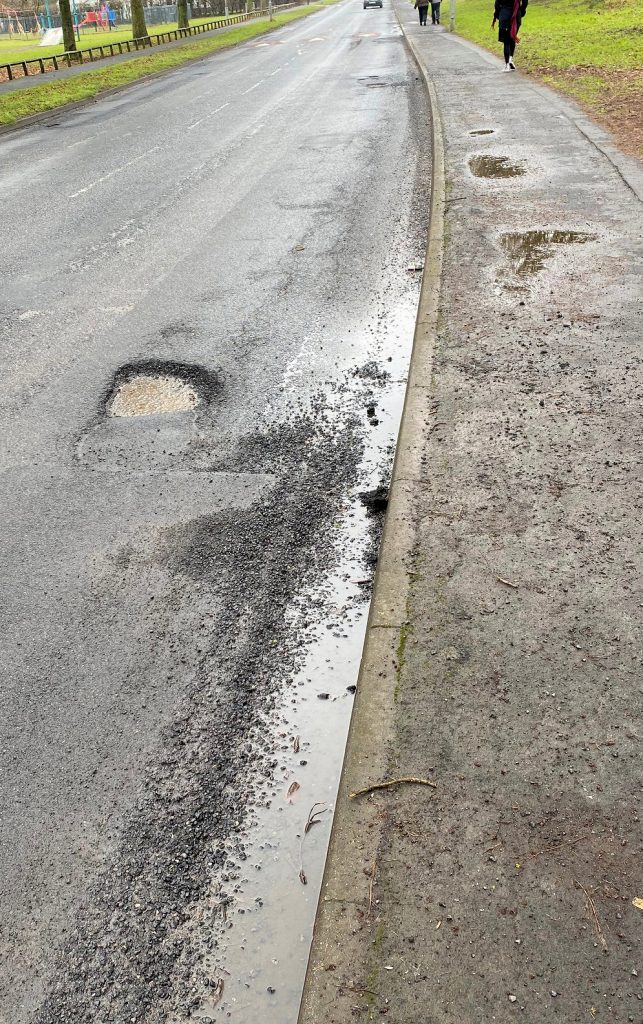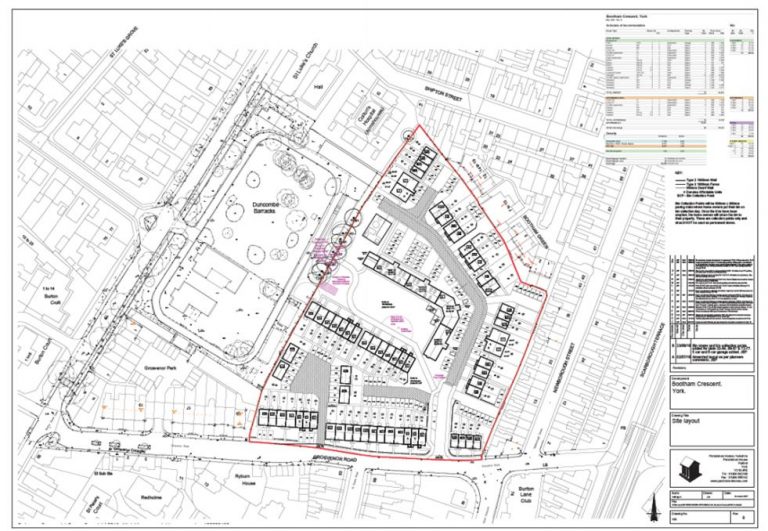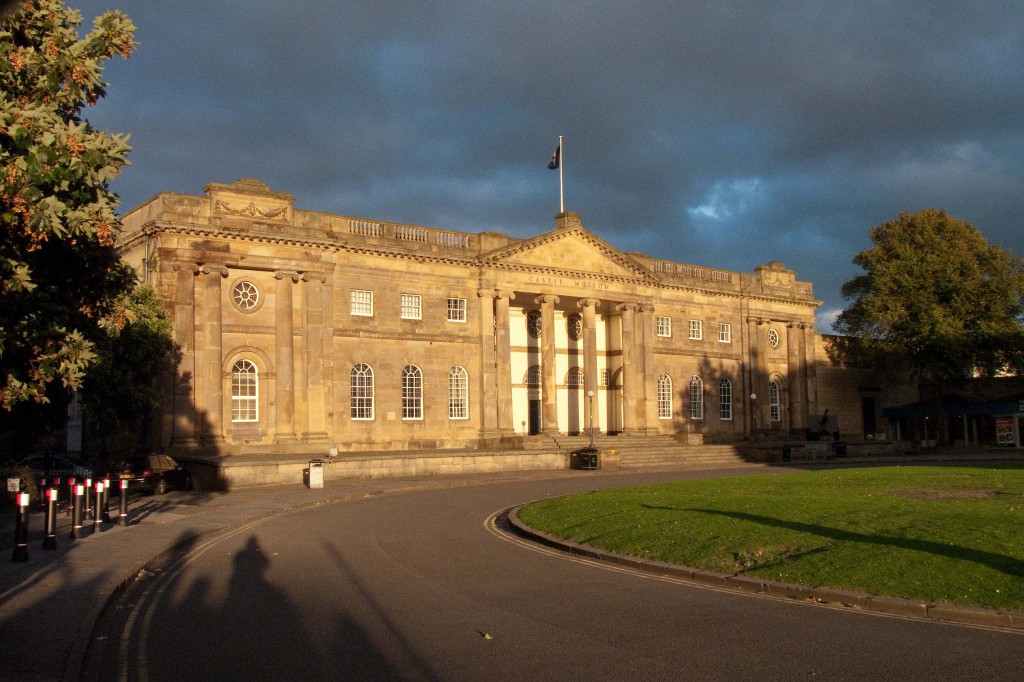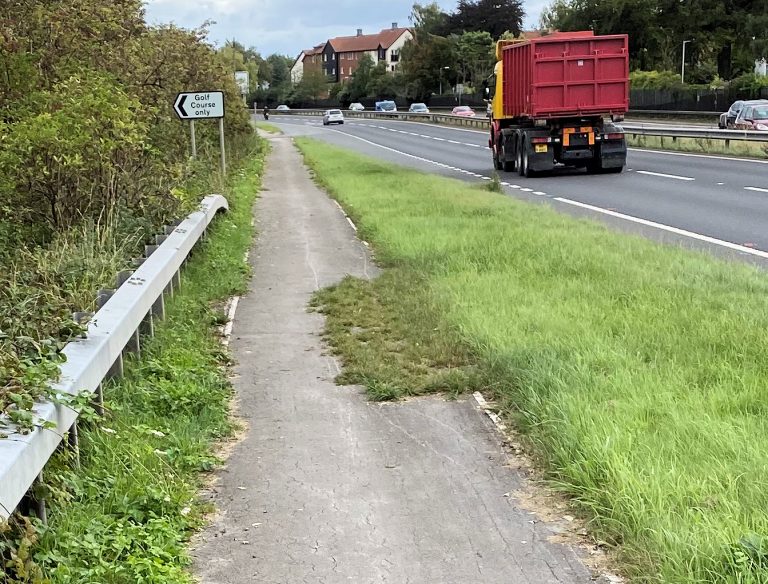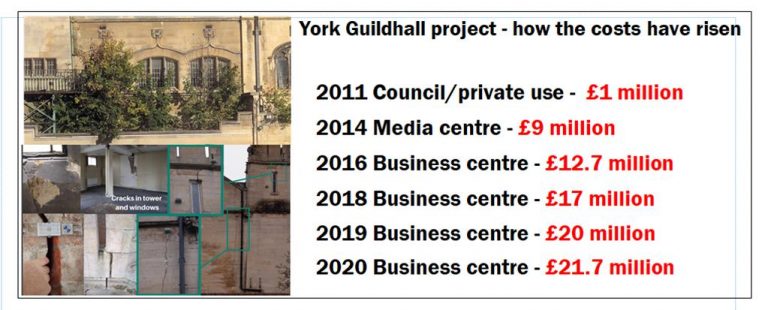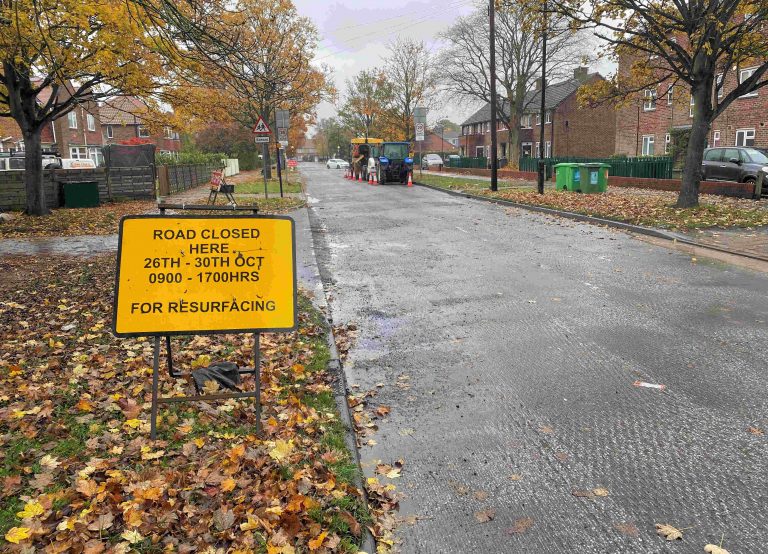The plan to provide football pitches and a clubhouse for use by the Bishopthorpe football team on land off Sim Balk Lane was approved in June 2019.

It was controversial as the Council agreed to contribute £850,000 towards the £1.5 million scheme, claiming that it would compensate for the loss of open space at Lowfields.
Residents were quick to point out the new pitches were 3 miles from Lowfields and that there wasn’t even a public transport link between the two areas.
Others commented that the clubhouse design seemed to be at the luxury end of the market.
One a more positive note, much improvements to the adjacent cycle path were promised as part of the project (they have not yet materialised)
It was agreed that the new facilities would be completed before the first homes at Lowfields were occupied.

Now a Council report says that the delayed Bishopthorpe scheme is running £303,000 over budget. The costs of providing services to the pavilion are blamed for the increase.
The Council is now showing a contribution towards the project of £1,052,000 in its revised budget for this year.
The report says that “£190k of additional funding has been identified to date, but this is not sufficient to cover the entire cost increase and the team is working to identify further funding to cover the remaining £113k overspend”.
No further details, an updated budget or completion timetable have been published.


